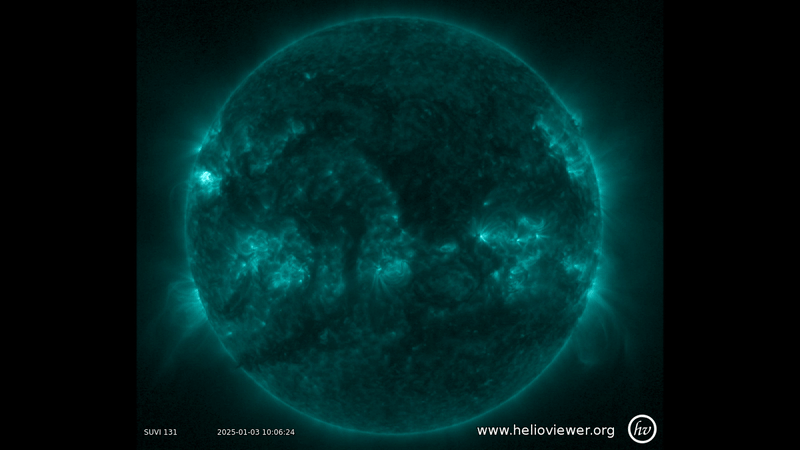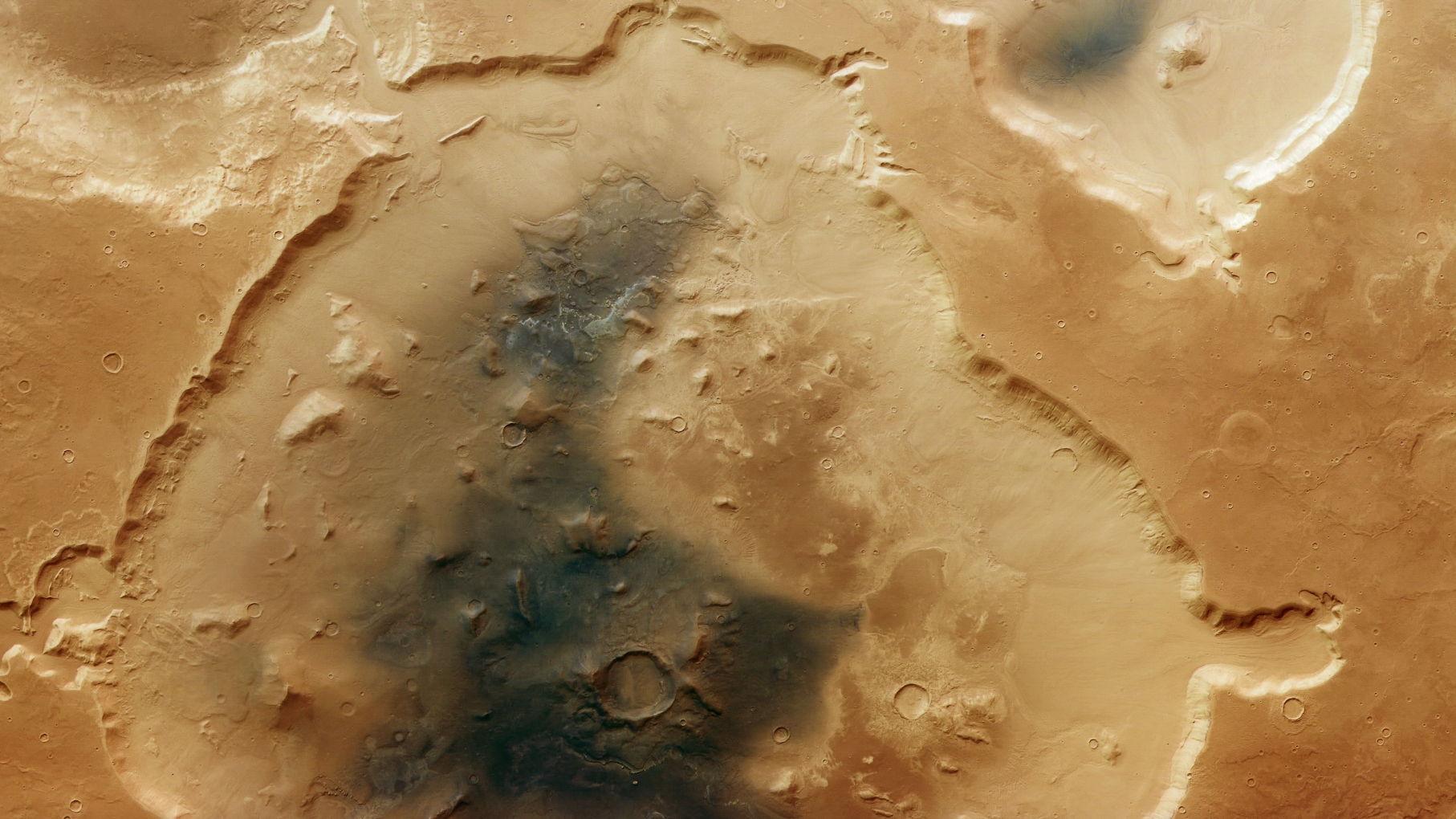Sun erupts with powerful X1.2 solar flare, causes radio blackouts (photo)
We may have another chance to view the aurora to kick off 2025.

The sun started 2025 with a bang as it fired off a powerful solar flare this morning.
The X-class solar flare peaked at an X1.2 at 6:40 a.m. EST (1140 GMT) on Friday (Jan. 3), releasing a blast of energy from a sunspot region known as AR 3947 and triggering a radio blackout event for parts of the Southern Atlantic, Africa and parts of eastern South America. When these blackouts happen, they can result in a full or partial loss of high frequency (HF) radio signals in regions that are sunlit at the time.
Solar flares are classified on a 4-class scale, and as the scale goes up in class, each flare is ten times stronger than the class beneath it. X-class flares remain in the top spot as the strongest of all, followed by the second most powerful, M-class flares, and then by C-class and the bottom class, B. Each letter that represents the class also is accompanied by a number, which indicates the individual flare's strength (in this case, a 1.2).
The event came in as an R3 blackout on the National Oceanic and Atmospheric Administration (NOAA)'s Space Weather Prediction Center (SWPC) Space Weather Scale, which rates how the solar flare will contribute to radio blackouts and what impacts could be associated with it. The scale ranges from R1 to R5, meaning this blackout event was rated as "Strong," just below "Severe" (R4) and 'Extreme" (R5).
In the latest SWPC forecast discussion, scientists indicated that there were not any coronal mass ejections (CMEs) observed that could impact Earth following the solar flare.
CMEs are a combination of magnetic field and plumes of plasma that can cause geomagnetic storms on Earth. These storms can disrupt power grids and even trigger auroras in lower latitudes, also known as the aurora borealis or the northern lights.
SWPC forecasters also shared that it is likely there will be additional minor to moderate radio blackouts accompanying any additional activity from the active sunspot regions through the end of the weekend (Jan. 5).
Get the Space.com Newsletter
Breaking space news, the latest updates on rocket launches, skywatching events and more!
There also remains in place a Geomagnetic Storm Watch for a Category 1 storm (G1), the weakest type on the scale, during the same timeframe due to a CME that occurred earlier this week. The best chances for aurora viewing from this event would be at higher latitudes, including Alaska and Canada.
Join our Space Forums to keep talking space on the latest missions, night sky and more! And if you have a news tip, correction or comment, let us know at: community@space.com.

Meredith is a regional Murrow award-winning Certified Broadcast Meteorologist and science/space correspondent. She most recently was a Freelance Meteorologist for NY 1 in New York City & the 19 First Alert Weather Team in Cleveland. A self-described "Rocket Girl," Meredith's personal and professional work has drawn recognition over the last decade, including the inaugural Valparaiso University Alumni Association First Decade Achievement Award, two special reports in News 12's Climate Special "Saving Our Shores" that won a Regional Edward R. Murrow Award, multiple Fair Media Council Folio & Press Club of Long Island awards for meteorology & reporting, and a Long Island Business News & NYC TV Week "40 Under 40" Award.
